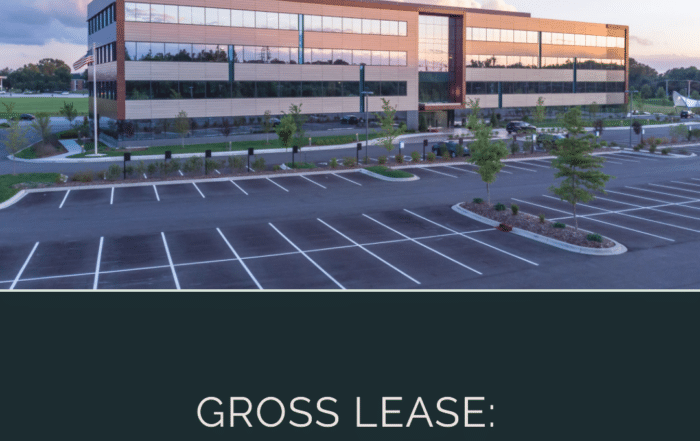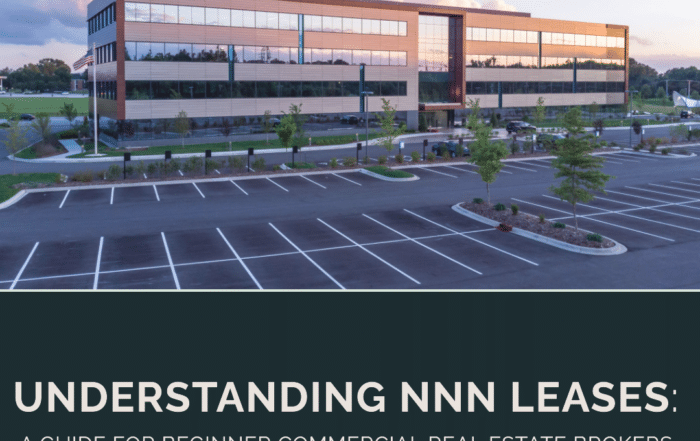Want to join CREHQ network?
Don’t miss out on all of the benefits that a CREHQ membership has to offer. Over 2,000 listings with real estate requirements to help you fill your vacant space. Let’s get started!
Commercial Real Estate Headquarters
Real Estate site requirements and contact information database to help you fill your empty CRE!
Commercial Real Estate Headquarters collects data on expanding business requiments and what they look for in new real estate along with contact information. Members can seach the database and research protental new tenants.
More data = more knowledge = less vacant space!
Get Full Access Today
Give us a call if you need more information about our data

Sign up to our Newsletter
(We do not share your data with anybody, and only use it for its intended purpose)








